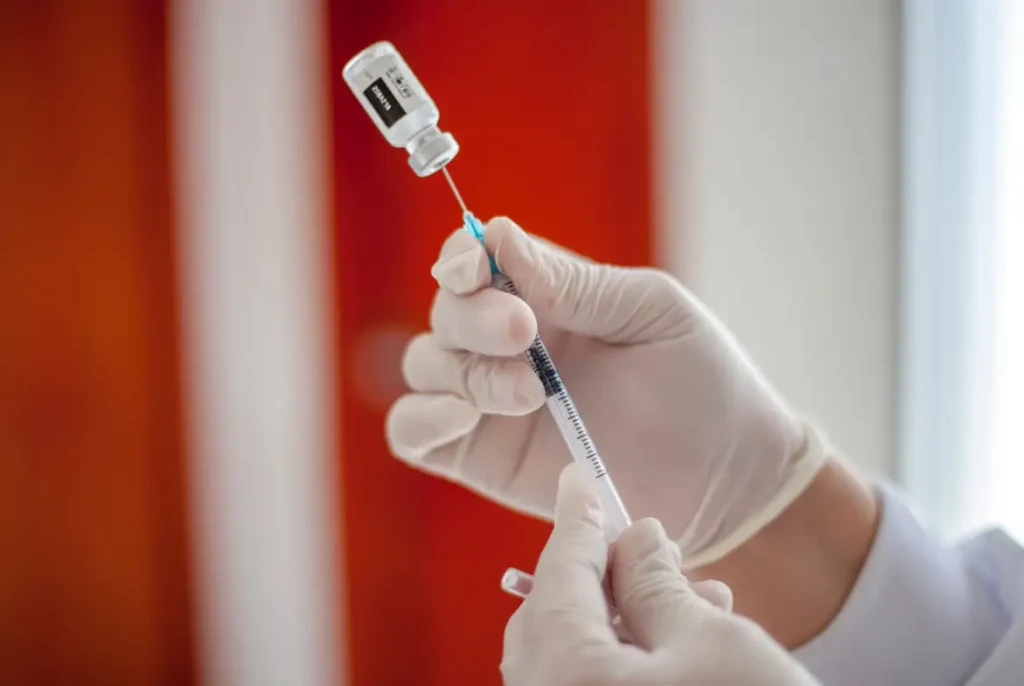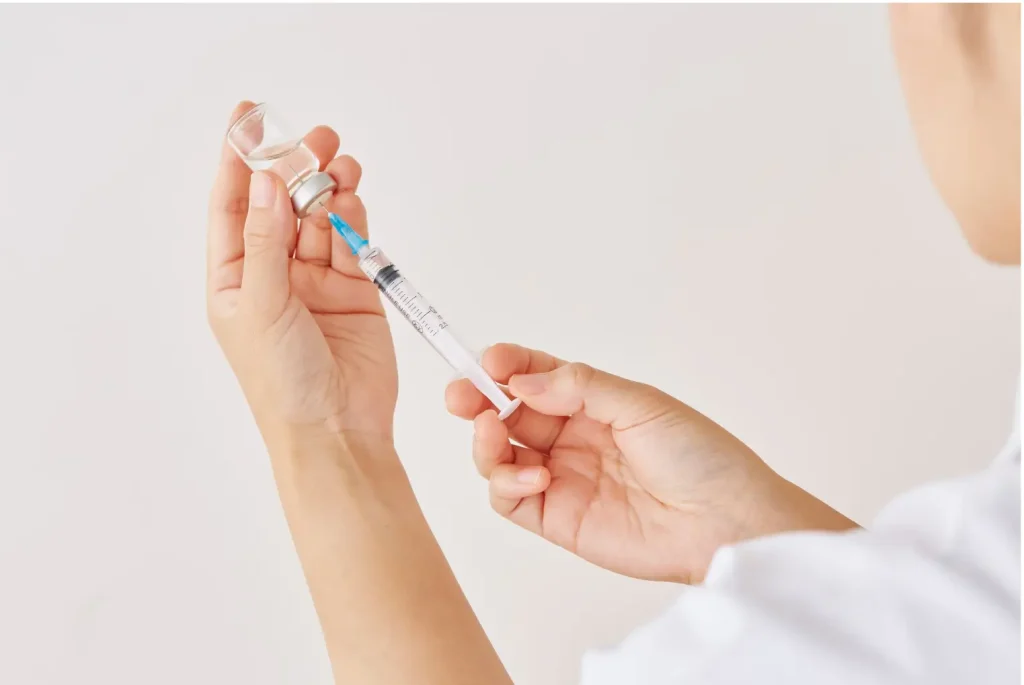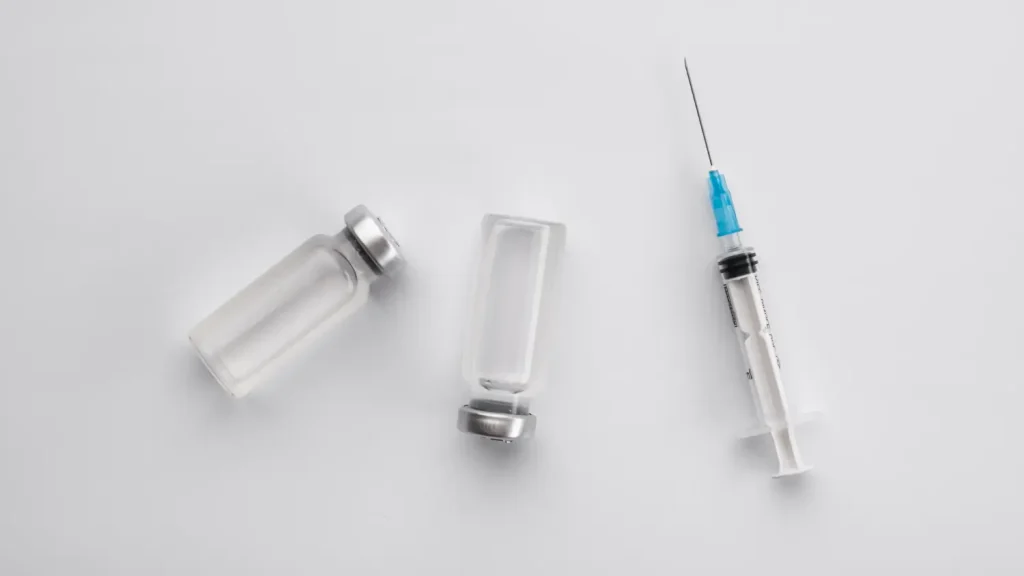Even with strict strenuous physical training and healthy eating, stubborn inches of fat and cellulite can persist in staying on the body. Researchers have looked into the various methods that could satisfy demands to remove such fat and cellulite, and as a result, many such researchers have ventured into various treatment modalities in the last few decades.
Past attempts have centered on visiting a plastic surgeon, who performs excisional body contouring surgery, such as brachioplasty, abdominoplasty, and other procedures. They may also perform traditional liposuction to reduce the amount of fat. However, these treatments can still evoke doubt and fear in some potential patients due to the invasive nature of the procedures. With recent developments, however, new techniques and devices are available to offer favorable alternative that are considerably less intimidating and more accommodating financially. These techniques can satisfy the different desires of patients whilst remaining extremely accessible.
Know your patient
Generally, there are two types of patients who attend clinics for body contouring. There are patients who know about the various techniques available or have experience with body contouring treatments prior to the appointment. These patients are usually aware of what they the results they would like to see and the expected outcomes and effects that come with each session. It is easy to be realistic with this group, as they are more prone acknowledging the limitations that come with the treatments.
On the other hand, there are patients who are about to begin their first body contouring experience but unfortunately do not possess as much information. Fed by mainstream media and hearsay, they may have less realistic perceptions of the results from these treatments, and they may be skeptical about minimally-invasive treatments. The other downside is that they may exhibit noncommittal and challenging issues with diet and exercise, which can lead to incomplete treatment courses. Unlike the previous group, this type of patients may require more monitoring and guidance.
Initial assessment
In the first meeting, patients will express their area of concern and seek reduction of fat or cellulite in some position on their body. Usually, it is around the abdomen, thighs or lower back. Both doctors and patients need to understand expectations and the reasonably expected results applicable for specific areas and treatments. A practitioner should outline the expected outcome of nonsurgical treatments with Botox, including emphasizing the need for repeating maintenance sessions and the gradual nature of results to avoid any disappointments or complaints from the patient. It is vital to provide thorough, clear, and realistic pre-treatment information to avoid any misgivings.
Not all treatments can be applied on every individual. It is extremely important for the doctor to investigate a patients history and lifestyle habits, including such factors as exercise and dietary intake, in order to address any other underlying causes of undesired fat. To clearly how the effects of the procedure, take pretreatment and posttreatment photographs and volume measurement that are easily comparable by both practitioner and patient alike.
To be a responsible doctor is to not succumb to any unrealistic expectations from patients, as this will help prevent future dissatisfaction. Doctors should also consider the probability of these patients having body dysmorphic disorder (BDD). Indeed, it is to no surprise that patients who seek out body contouring services can sometimes have undiagnosed BDD. Doctors can conduct a screening by presenting a Body Dysmorphia Disorder Questionnaire (BDDQ), a survey that has had a 94% accuracy rate in some studies, to the patient prior to the treatment.
Body contouring treatment types
Over the last 20 years, impressive noninvasive body contouring treatments have been developed and used within the market. The majority of these treatments, such as radiofrequency and cryolipolysis, utilize thermal injury to selectively induce apoptosis in adipocytes (fat cells). Recent progress has been seen in the rise of selective treatments that do not cause side effects related to overheating or overcooling tissues. These kinds of treatments include deoxycholic acid, laser therapy, and ultrasound. It is also worth noting that most of these treatments require multiple sessions to achieve full effectiveness.
Cryolipolysis
Cryolipolysis, also known as fat freezing, is a cooling technique that selectively targets adipocytes. This technique assumes these fat cells are more susceptible to low temperatures that can trigger apoptosis. With this procedure, an inflammatory response will occur, and the debris is removed by phagocytes. When the inflammatory response has been reduced, the area undergoes a volume reduction and general restructuring of the subcutaneous layer.
The market today offers several devices that combine freezing with a vacuum mechanism and skin surface protection that are suitable for all skin types. Although post-treatment effects, such as erythema, paresthesia, and bruising are expected, they are usually rare. With time and analgesic treatment, post-procedural pain can be resolved. Optimal results can be seen after four to six months after treatment and recommended repeated sessions.
Radiofrequency
For 75 years, radiofrequency (RF) has been a key treatment of power delivery to tissues for a variety of purposes. The treatments are based on the principal of heating the skin and deep tissue. This causes inflammatory changes and vasodilation, which eventually leads to the stimulation of dermal thickening, which helps make the skin firmer and more elastic. The connective tissue is further activated to reorganize for thickening. By targeting the adipocyte layer, it induces selective apoptosis in fat cells.
Although RF treatments are safe and minimally invasive (especially by equipping internal temperature sensors that prevents overheating), the functionality of these devices is still operator dependent. Burns and other complications do still occur if the operator is not well-trained. Older monopolar RF machines have caused uneven depths of penetration, which causes a surge of uneven adipocyte breakdown and surface contour abnormalities. With improvisation, multipolar or bipolar RF hand pieces are more predictable in securing the depth of RF wave penetration, thus successfully reducing the risk of unevenness and contour abnormalities. For both treatments, transient effects, like erythema, are expected and common.
Low level laser therapy
Another exciting technology is the use of low level laser therapy (LLLT). It is based on using near infrared or infrared light and has been indicated to cause direct effect on body composition, especially in inflicting changes in adipocyte metabolism. It also addresses the changes the expression of leptin, the hormone that affects the individual’s appetite.
High intensity focused ultrasound
A renew presence in the market, high intensity focused ultrasound (HIFU) is another method for fat loss that is suitable for all skin types. It has been traditionally used in the medical aesthetics field for several years to tighten and lift the SMAS layer of the face. This technique creates deep areas of coagulative necrosis in part by directing ultrasound at a certain temperature to the subcutaneous layer. Additionally, HIFU creates negative acoustic pressure that can also destroy cells by interfering with cell membranes via the creation of cavitation bubbles. The volume reduction and tightening become apparent around 12 weeks after treatment, with the repeating of sessions recommended after the initial procedure.
Deoxycholic acid
The CE-approval of deoxycholic acid for dissolving submental fat in 2012 has caused a spur of interest after its long unregulated usage. These injections provide the least invasive treatment out of all treatments described. It works by injecting a lytic agent that, once injected into areas of fat, disrupts the membrane integrity of adipocyte cells and subsequently causes adipocytolisis. The procedure is further associated with a mild inflammatory reaction that removes cellular debris with phagocytosis. This removal helps to reduce volume reduction in the treated areas.
It has been proven to be highly selective with lipid-rich tissues, so it avoids damaging the surrounding tissues. Its action also alleviates the concern of increasing the plasma lipid levels, as the phagocytic reaction has proven to be effective in clearing out the volume. In Europe, the treatment of submental fat with this preparation (AX-101) in a phase III randomized control trial has demonstrated a o volume reduction in the submental area and no potential for skin laxity. It also recorded minimal side effects, with localized adverse side effects, such as erythema, pain, and edema only transient in nature. Similar to other treatments, multiple sessions over several weeks are highly recommended in order to achieve the desired outcome.
Conclusion
The reduction in volume of fat for body contouring is a highly sought-after treatment. With a variety of technologies and treatments available currently, practitioners can decide for any situation what the best form of treatment for patients of all sorts. This decision is done following the careful consideration of important factors, including patient demographic, cost, space, accommodation, and the staff available to assist with the procedure. The only situation-specific challenge is to manage a patients’ expectations, as this sort of non-invasive treatment is time intensive and requires multiple treatments in order to achieve the look that is desired.





















